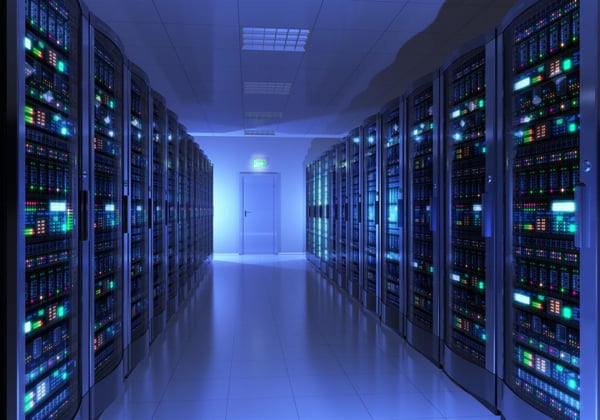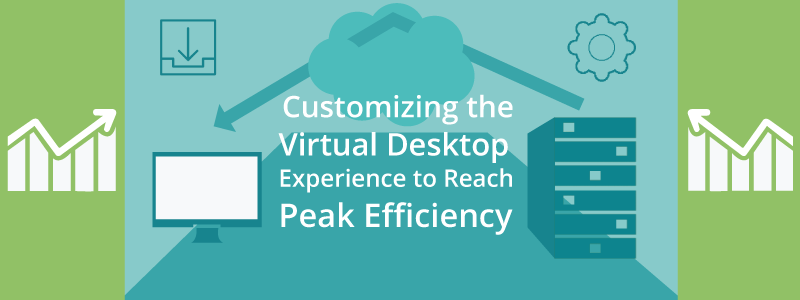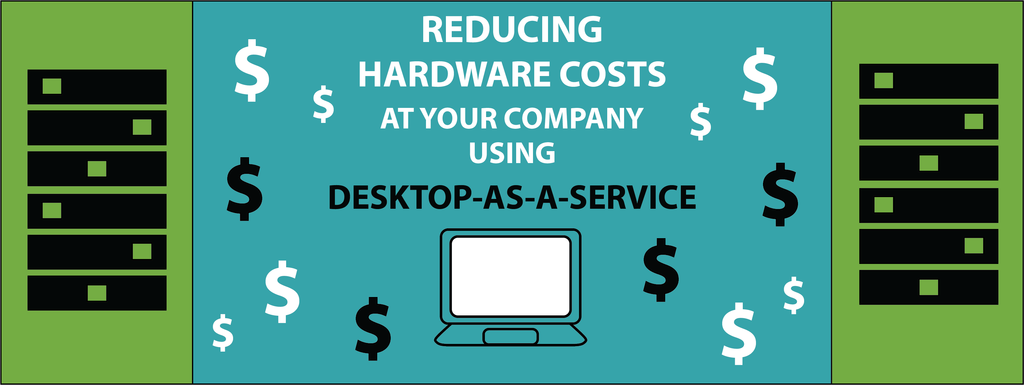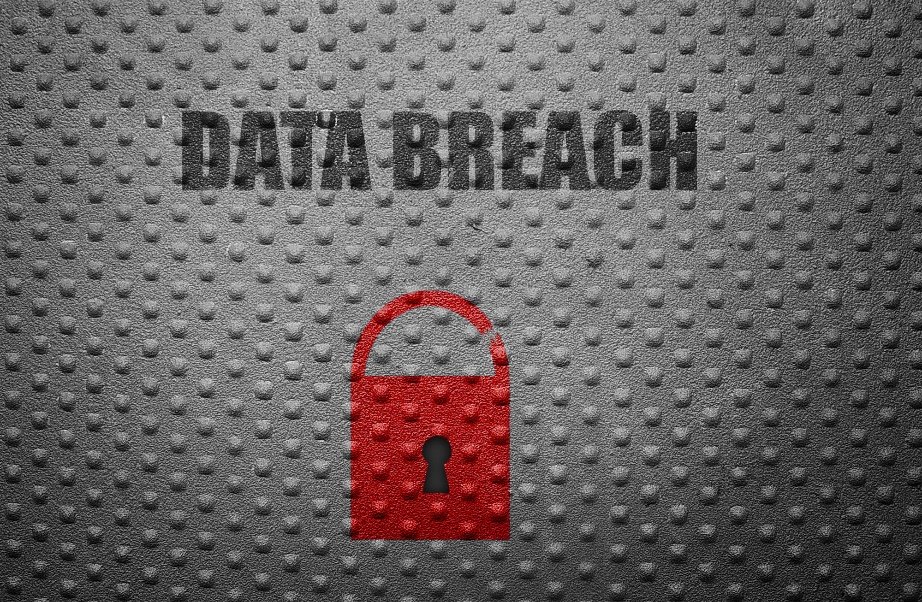Even when you rely on cloud computing to maintain and share your data, it is important to understand your IT infrastructure and what it does. This helps you understand which elements you are responsible for versus what your ISP or other people/entities might be responsible for when it comes to your network.
Infrastructure
Your company’s infrastructure is all of the elements that go into your network. For example, the elements in your home office are part of your personal infrastructure, but the elements of the office at your company are part of the company's infrastructure.
Hardware
Hardware is any IT component you can touch. Therefore, while your software is part of your infrastructure, it is not part of your hardware infrastructure, because it is not a physically present item. Hardware includes but is not limited to the items listed below:
- Server
- Hard drive
- Network cables
- Printer
- Storage devices
- Laptop
What It Does
Hardware IT infrastructure does a number of things, including allowing you to connect to your network and have access to the outside world. It also stores your data, and allows you to recover and use your data. Any infrastructure that involves more than one computer or person should also provide a means by which to communicate with the people or devices involved in the network.
The responsibility for the maintenance of the IT infrastructure falls to the owner. For example, you might own your own server, but you might not own the router that allows your network to access the outside world and others in the network. That may belong to your ISP and be their responsibility.
You can even use cloud computing in your infrastructure, provided you have access to it. Contact CyberlinkASP today to learn more about the details of your infrastructure and how to maintain it, as well as how to use the power of cloud computing to reduce the responsibility related to your on-premises IT infrastructure.
